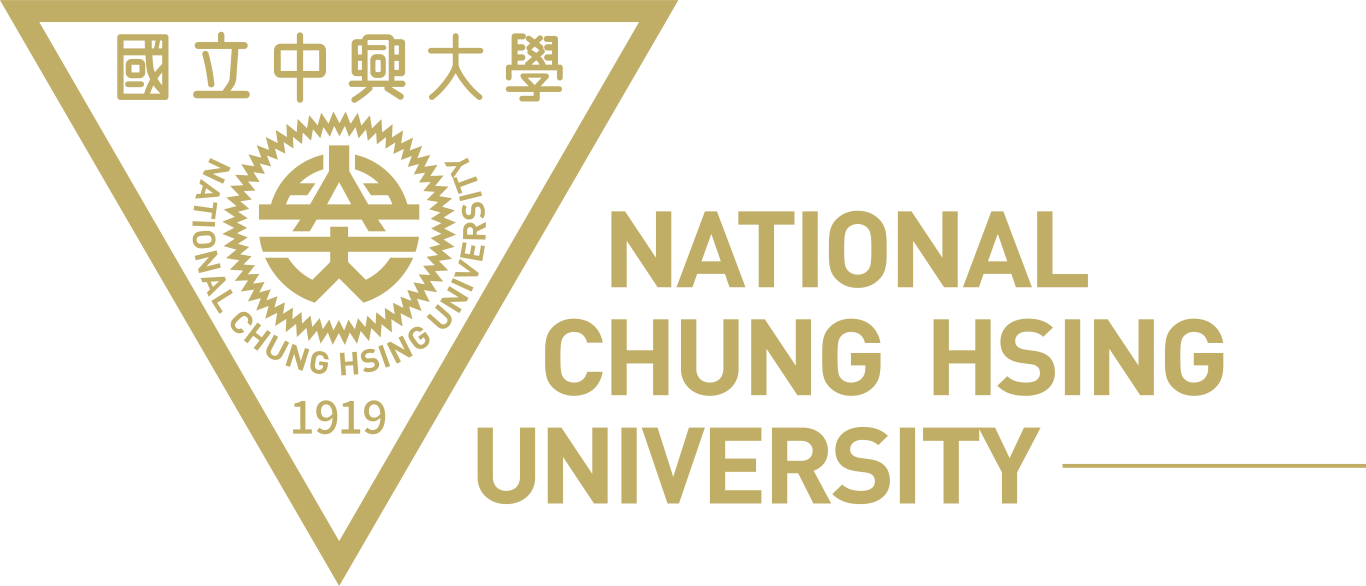Category: Research and Development
Please click the following items to see more.
Research and Development (2)
1. Pursuant to Article 2 of the University’s Regulations Governing the Management and Utilization of Research and Development Outcomes, the intellectual property rights of research and development (R&D) outcomes produced by faculty members and students using NCHU resources belong solely to the University unless otherwise stipulated in a separate contract or other applicable regulations. Faculty members who wish to apply for a patent must do so through the Division of Patent and Technology Transfer in accordance with internal regulations.
2. Patent fees may be shared in different percentages with different royalty distribution ratios:
|
Cost sharing scheme |
Cost borne By researcher |
Cost borne by NCHU |
Royalty assigned to researcher (department outcomes) |
Royalty assigned to researcher (non-department outcomes) |
|
Scheme Ⅰ |
40% |
60% |
32% |
40% |
|
Scheme Ⅱ |
100% |
0% |
64% |
80% |
3. The University only provides funding for invention patents, the guidelines for which are as follows:
The University may subsidize up to three R.O.C. patent applications per researcher per year (Plan I).
Those who meet both of the following requirements are eligible for subsidies for patent applications in foreign territories:
1) R&D outcomes represented by the researcher have undergone a technology transfer by the University with a value of NT$1 million or more.
2) The patent application has been reviewed by two or more experts in writing and has been approved by the Patent and Technology Transfer Promotion Committee.
The cost sharing scheme will be the same for both domestic and foreign applications for the same patent.
1. Assignment of technology transfer royalties:
Royalty distribution shall be processed in accordance with Article 7 of NCHU’s Regulations Governing the Management and Utilization of Research and Development Outcomes.
Unless otherwise stipulated in a separate contract or other applicable regulations, royalties from the management, maintenance, utilization, and promotion of intellectual property rights derived from NCHU R&D outcomes will be distributed in the following manner after the necessary deductions are withheld in accordance with the Government Scientific and Technological Research and Development Results Ownership and Utilization Regulations:
Necessary costs fully borne by researchers or a third party with no contribution by the University (Article 5, Paragraph 1, Subparagraph 1): Researcher 80%–NCHU 20%.
Necessary costs partially borne by the University (Article 5, Paragraph 1, Subparagraph 3): Researcher 40%–NCHU 60%.
If a patent is licensed to multiple targets through non-exclusive licenses, royalties for the first of such licenses will be distributed in accordance with the preceding two subparagraphs. The University’s distribution percentage will be reduced by 10% for each subsequent license until it reaches 20%, whereas the researcher’s distribution percentage will increase by 10% for each subsequent license until it reaches 80%.
Liquidated damages and compensation obtained by the University for its R&D outcomes due to a breach of contract or infringement will be distributed in the following ratio after deducting expenses paid to legal counsel and professional consultants: NCHU 100%.
Unless otherwise stipulated in a separate contract or other applicable regulations, royalty distribution ratios will remain the same even in the event of a researcher’s departure from the University due to separation, retirement, or death. If a researcher is unable to claim royalty payments themselves, their legal heir or a beneficiary designated in their will may do so on their behalf.
2. Methods of R&D results publication and release by faculty members:nFaculty members with R&D outcomes (patents and technical know-how) may submit an R&D Outcome Survey Form to the Division for announcement and promotion through various channels with the ultimate goal of finding opportunities for potential applications, transactions, collaborations, and matchmaking.

